Ground shipping is currently paused. Local deliveries throughout Long Island will continue as usual. Pre-orders for fall are now open. Non-local orders will begin shipping again in early September. Click here to learn more.
Ground shipping is currently paused. Local deliveries throughout Long Island will continue as usual. Pre-orders for fall are now open. Non-local orders will begin shipping again in early September. Click here to learn more.
| Size | |
|---|---|
| Common Name | |
| Type | |
| Family | |
| Native? | |
| Zone | 4, 5, 6, 7, 8 |
| Height Range (ft.) | 50 to 70 |
| Spread (ft.) | 50 to 60 |
| Bloom Time | |
| Bloom Description | Inconspicuous yellow-green catkins |
| Water | |
| Maintenance | |
| Suggested Use | |
| Tolerate | |
| Attracts | |
| Growth Rate |
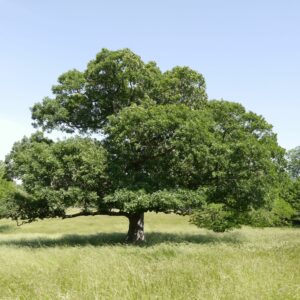
Chestnut Oak is a native shade tree with deeply ridged bark, large acorns, and broad leaves. Perfect for dry slopes, large landscapes, and wildlife habitats.
$21.99 – $149.99Price range: $21.99 through $149.99
Please note: Sizes 1.5 Gallon and up can’t be shipped outside the counties of Nassau, Suffolk, and Queens.
Learn more about how the process works and how our plants are delivered.
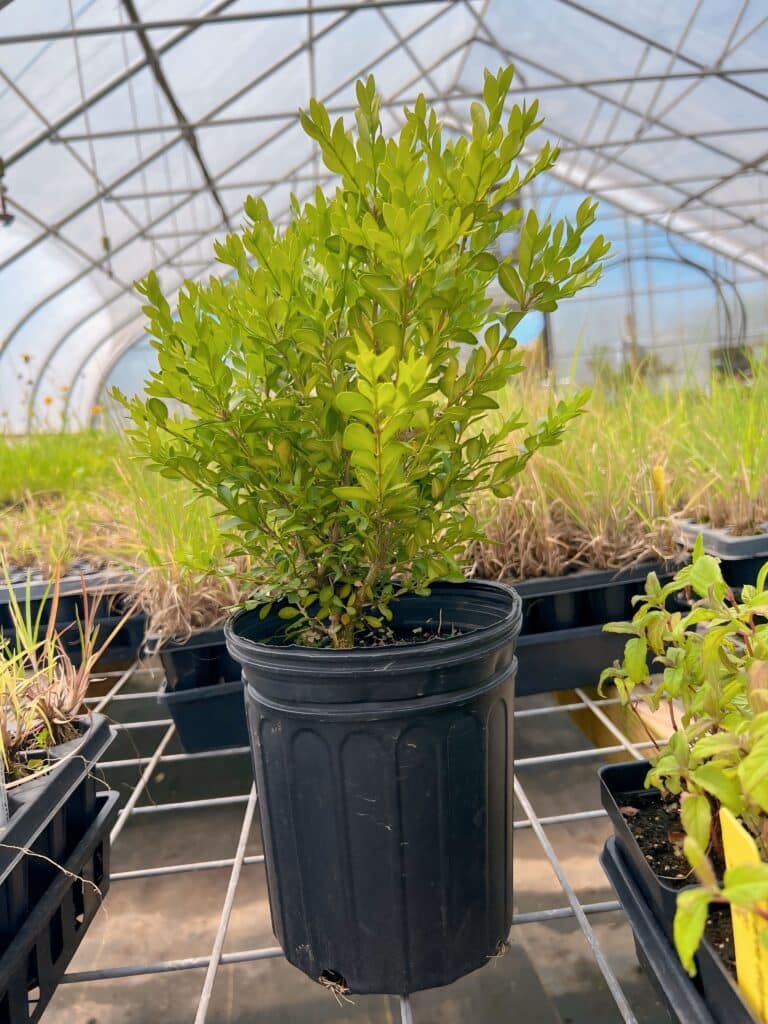

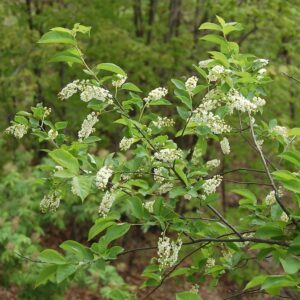
Ground shipping is paused due to summer heat. Only local delivery (Long Island & Queens) is available. Orders placed during the pause will begin processing September 1, and ground shipping will resume September 15.
| Size | |
|---|---|
| Common Name | |
| Type | |
| Family | |
| Native? | |
| Zone | 4, 5, 6, 7, 8 |
| Height Range (ft.) | 50 to 70 |
| Spread (ft.) | 50 to 60 |
| Bloom Time | |
| Bloom Description | Inconspicuous yellow-green catkins |
| Water | |
| Maintenance | |
| Suggested Use | |
| Tolerate | |
| Attracts | |
| Growth Rate |
Quercus prinus, commonly known as Chestnut Oak, is a large native deciduous tree that is prized for its deeply ridged, dark bark, glossy green leaves, and exceptional wildlife value. Growing 60 to 70 feet tall with a broad, rounded crown, Chestnut Oak is commonly found on dry ridges and rocky slopes throughout eastern North America.
This resilient tree produces large acorns, an essential food source for birds, deer, squirrels, and other wildlife. As a keystone species, Chestnut Oak supports hundreds of species of caterpillars, which in turn provide critical food for native birds and pollinators. Its leathery, toothed leaves turn yellow to golden brown in the fall, adding seasonal color to the landscape.
/5
Total reviews
|
|
Persons recommended this product
Anonymous
Shopper
check_circle Verified
Shop owner replied
Was this helpful
Anonymous
Shopper
check_circle Verified
Shop owner replied
Was this helpful
There are no reviews yet.
Be the first to review “ ”
Your feedback helps us improve our service.
Please log in to submit a review.
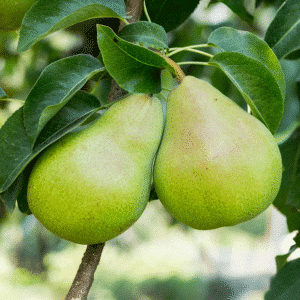
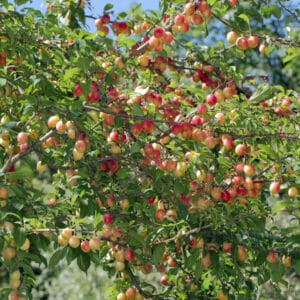


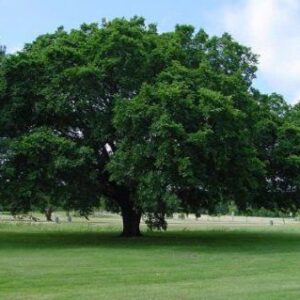
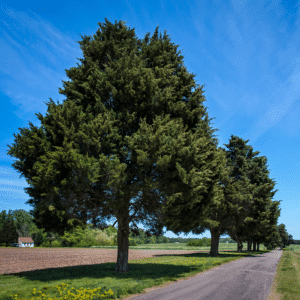
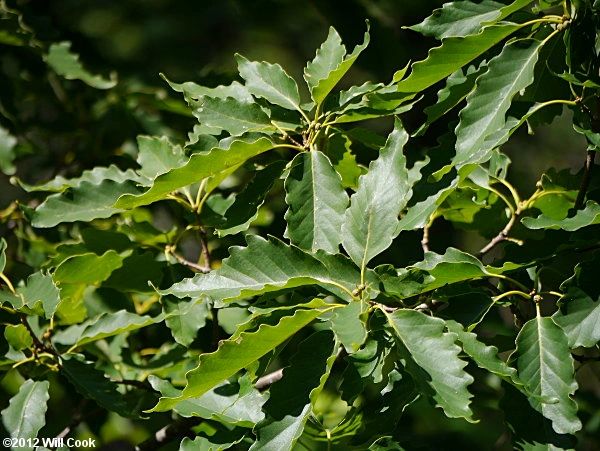
Chestnut Oak is a medium to large deciduous tree, typically growing 50 to 70 feet tall, with a spread of 50 to 60 feet. In open areas, it often develops a broad, rounded crown, while in forests it can have a taller, narrower form.
Chestnut Oak thrives in full sun and prefers dry, rocky, or sandy soils, often found on ridges and upland slopes. It’s highly drought-tolerant once established and does best in well-drained, acidic soils. It’s a great choice for difficult sites with poor, shallow soils.
It gets its name from its distinctive leaves, which closely resemble those of the American Chestnut. The coarsely toothed, oblong leaves are dark green on top and paler underneath, adding texture to the landscape.
Yes! Chestnut Oak produces large acorns that are a valuable food source for deer, turkeys, bears, squirrels, and other wildlife. Like other native oaks, it supports hundreds of species of caterpillars, making it an essential component of native and wildlife-friendly landscapes.
Chestnut Oak is relatively resistant to pests and diseases, though it can be vulnerable to oak wilt and chestnut blight, particularly in areas with poor air circulation. It is deer-tolerant, especially when mature, and requires minimal maintenance once established.
Our gift cards make it easy to share the beauty of plants, flowers, and all things green. Whether for a special occasion or just because, give the gift of choice and let them select their favorites to create a garden they’ll cherish.
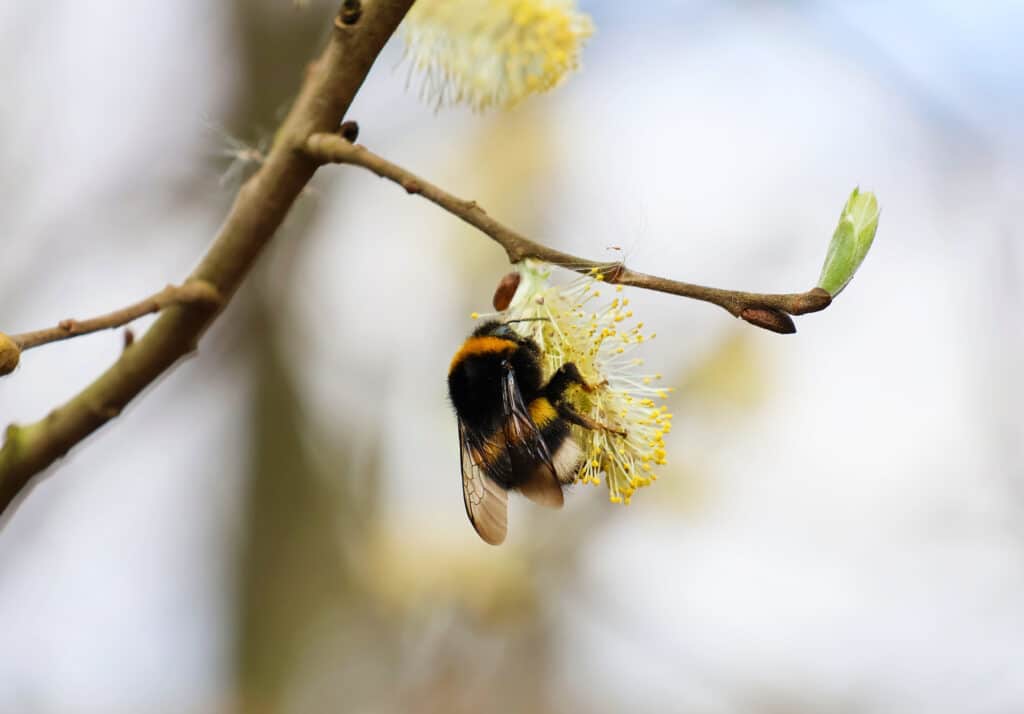
Only Local Delivery Available (Long Island & Queens)
Ground Shipping Paused
To protect our plants from extreme summer heat, we’ve paused nationwide ground shipping to avoid any damage during transit.
Local Delivery Only
We’re still delivering locally to Long Island and Queens, so nearby customers will continue to receive orders as usual.
Fall Pre-Orders Are Open Nationwide!
We will resume normal shipping for non-local orders placed during the pause in early September.
Thank you for your support and understanding—we’re looking forward to growing with you this fall!